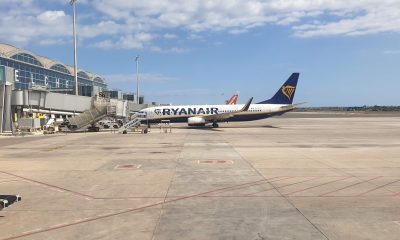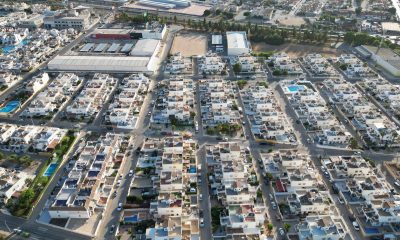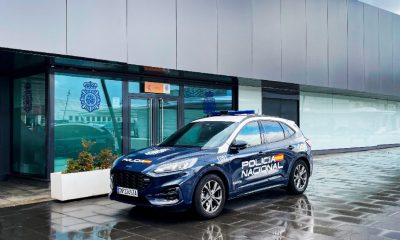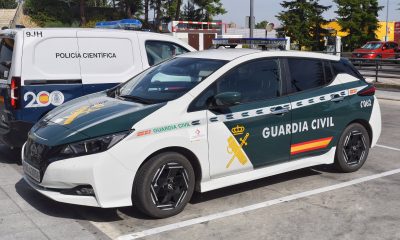Costa Blanca
Alicante’s Low Emissions Zone
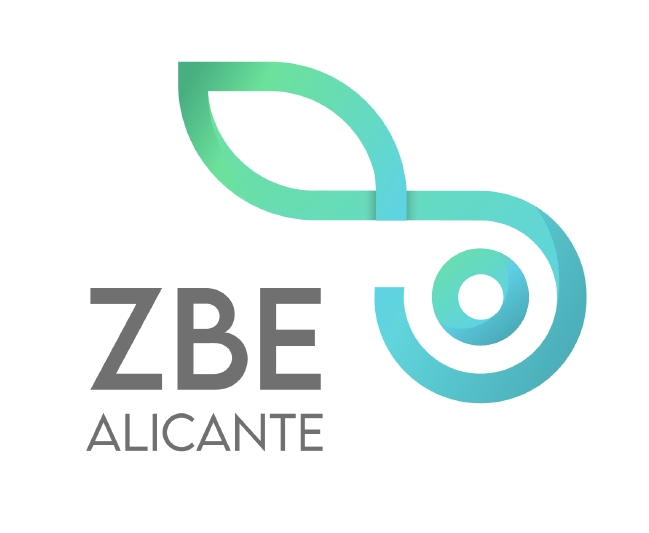
Unlike in other cities, Alicante’s downtown will not see new limits on private car circulation as a result of the ZBE’s adoption. With the installation of numerous environmental sensors and surveillance cameras, however, the municipal government team guarantees that it will enable better management of atmospheric pollutant volumes in real time.
Sensors for the environment
There is no significant pollution problem in Alicante. Actually, out of all the major cities in Spain, several studies have found that ours is the cleanest. Still, we’re taking a number of targeted steps to bring it down even further. Our new infrastructure will be a huge boon, says Manuel Villar, our deputy mayor and environmental sustainability councillor.
The city’s Benalúa Market, Bullring, José Rico Pérez stadium, Station, and General Hospital are among the locations where fourteen sensors have been set up. When these readings reach dangerously high levels, the City Council will be able to take action, including temporarily shutting down traffic, based on the data.
Typically, the haze that occasionally originates from the Sahara is the culprit responsible for the most severe pollution incidents that Alicante experiences, rather than cars. But we haven’t gotten particularly extreme in recent years, and I don’t see the need to do something drastic. According to the deputy mayor, “at least we’ll have objective data to act objectively” now.
Cameras that record
To further keep an eye on traffic, new video surveillance cameras have also been set up. Although optical cable has been laid that might encompass as many as 300 recording devices, only about 100 have been operational so far.
“These cameras will not be used to fine drivers, but rather to provide us with information that will allow us to improve mobility in the city and to redirect traffic flows in order to reduce traffic congestion,” Villar points out.
Officially, the ZBE encompasses the Old Town, the Traditional Centre, and Gran Via, which together form three rings. Finally, this final zone will implement traffic limits in the same manner that they have done since 2011. So, these streets are off-limits to everyone save residents, garage owners, and employees. Sanctions will be implemented, and fines will shortly be increased.
Fines for cars that don’t follow the ZBE’s rules have been increased, according to a deal struck by the Federation of Municipalities. According to the Alicante traffic ordinance, they are currently around 80 euros, but Villar tells us they will likely climb to around 200 euros.
Greater urban density
The sea wind certainly helps Alicante’s air quality, which typically scores well on quality assessments; however, our city’s population has been growing at a large rate for a number of years.
We had 328,000 registered users a decade ago, and by the end of 2024, we had 359,000. Thanks to this change in population distribution, we are now the tenth most populous city in Spain, above Bilbao.
Even though there are more people living here and more cars on the road, pollution levels in Alicante have been rather constant in recent years. Pedestrianisation and lane reductions are two examples of the effective actions we have taken to reduce traffic on different streets. According to Villar, this is the path that we intend to take moving forward.
The Town Hall Area streets of Jorge Juan and Rafael Altamira will not be part of the pedestrianisation of the Town Hall Square.
Regarding this matter, it was recently declared by Mayor Luis Barcala that the Town Hall Square will be pedestrianised. It was indeed this very situation last autumn, when the Town Hall building’s façade collapsed, closing the street for weeks and forcing the closure of operations.
The city can keep running even without this traffic, thanks to this terrible occurrence. Also, the Councillor for Environmental Sustainability notes that town hall squares are usually not a common site for cars to circulate, both in Spain and elsewhere.
The project’s pedestrianisation will be limited to the area within the square; streets like Jorge Juan and Rafael Altamira will still be accessible for vehicles. Considering the bus routes that pass through this area, the next step is to do the necessary investigations to identify other transportation options. It is the expectation of the City Council that the works can commence by the year’s end and be finished in 2026.
Additional methods
Furthermore, we are assured by the government team that additional measures would be implemented to further decrease pollution levels.
All of the buses will soon be electric or hybrid models. Furthermore, we strive to enhance the tree cover and pavement size in every project we do. The deputy mayor assures us that, in addition to cars, they will promote the usage of scooters and bicycles.
Discover more from Costa Blanca Daily
Subscribe to get the latest posts sent to your email.
Costa Blanca
Alicante to Seville daily with new Ryanair schedule
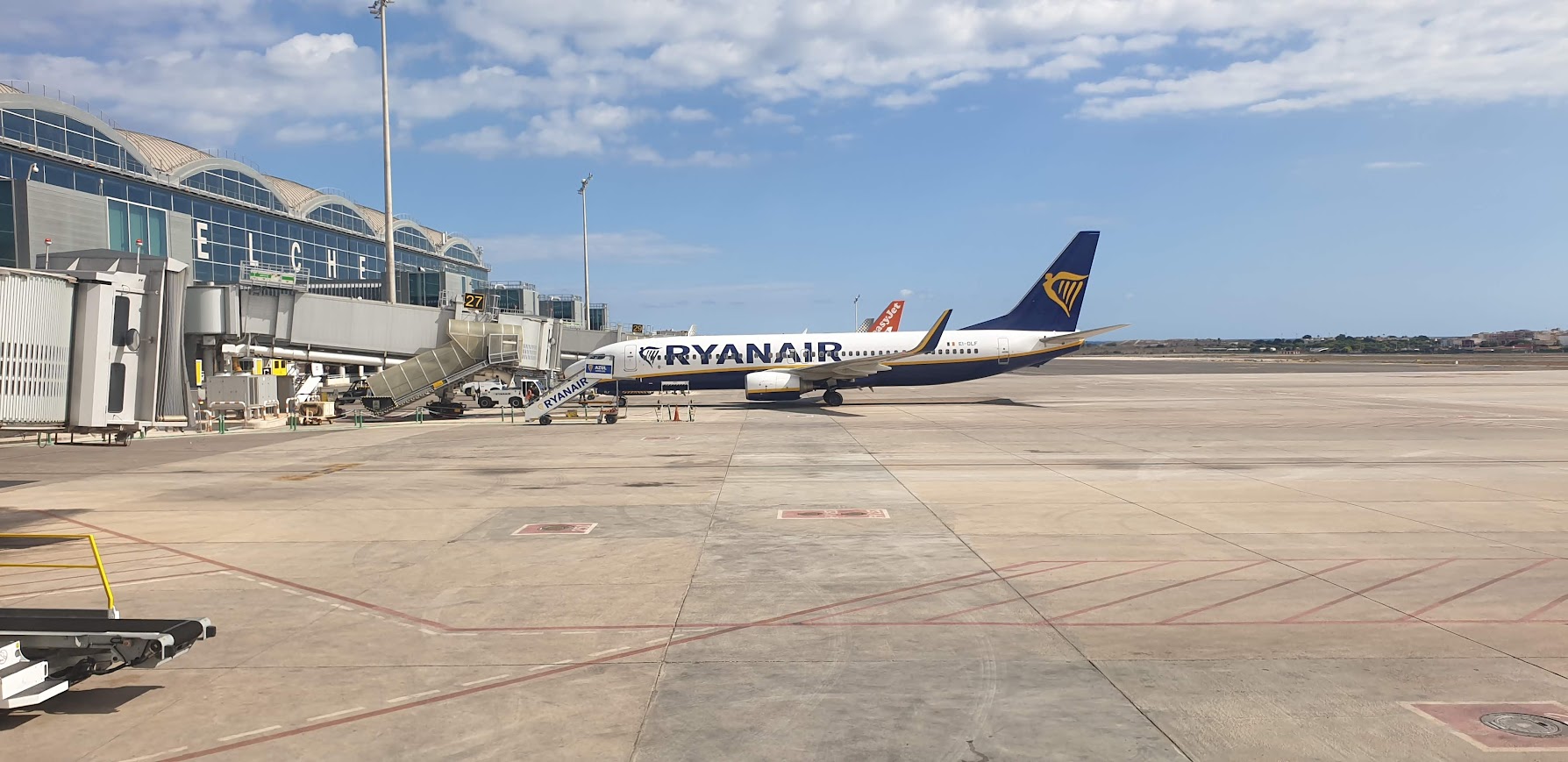
During the summer of 2025, Ryanair will run daily flights between Alicante and Seville.
The company plans to connect the two cities on a daily basis from today, March 27th, until October 25th. This year, the connection is strengthened with a flight every weekday, in contrast to the 2024 summer season when the route ran six days a week (with double frequency on Sundays and no flights on Wednesdays). Additionally, Ryanair plans to launch eight weekly flights in April 2025, with the addition of a second daily frequency on Saturdays.
Reaching 125,581 passengers in 2024, the link with Seville, the capital of Andalusia and Spain’s fourth most populous city, saw stratospheric growth. Compared to 2023, when the route carried 58,361 people between the two cities, this number marked a 115% increase.
A potential increase of frequency on the Alicante-Elche and Seville route has not been ruled out, and Ryanair will soon release its 2025–2026 winter schedule. Given the ongoing increase in demand on this route, the Irish airline may be planning to improve connection, as it ran five weekly flights during the previous winter season.
Discover more from Costa Blanca Daily
Subscribe to get the latest posts sent to your email.
Costa Blanca
Benidorm could start fining illegal tourist properties by Easter
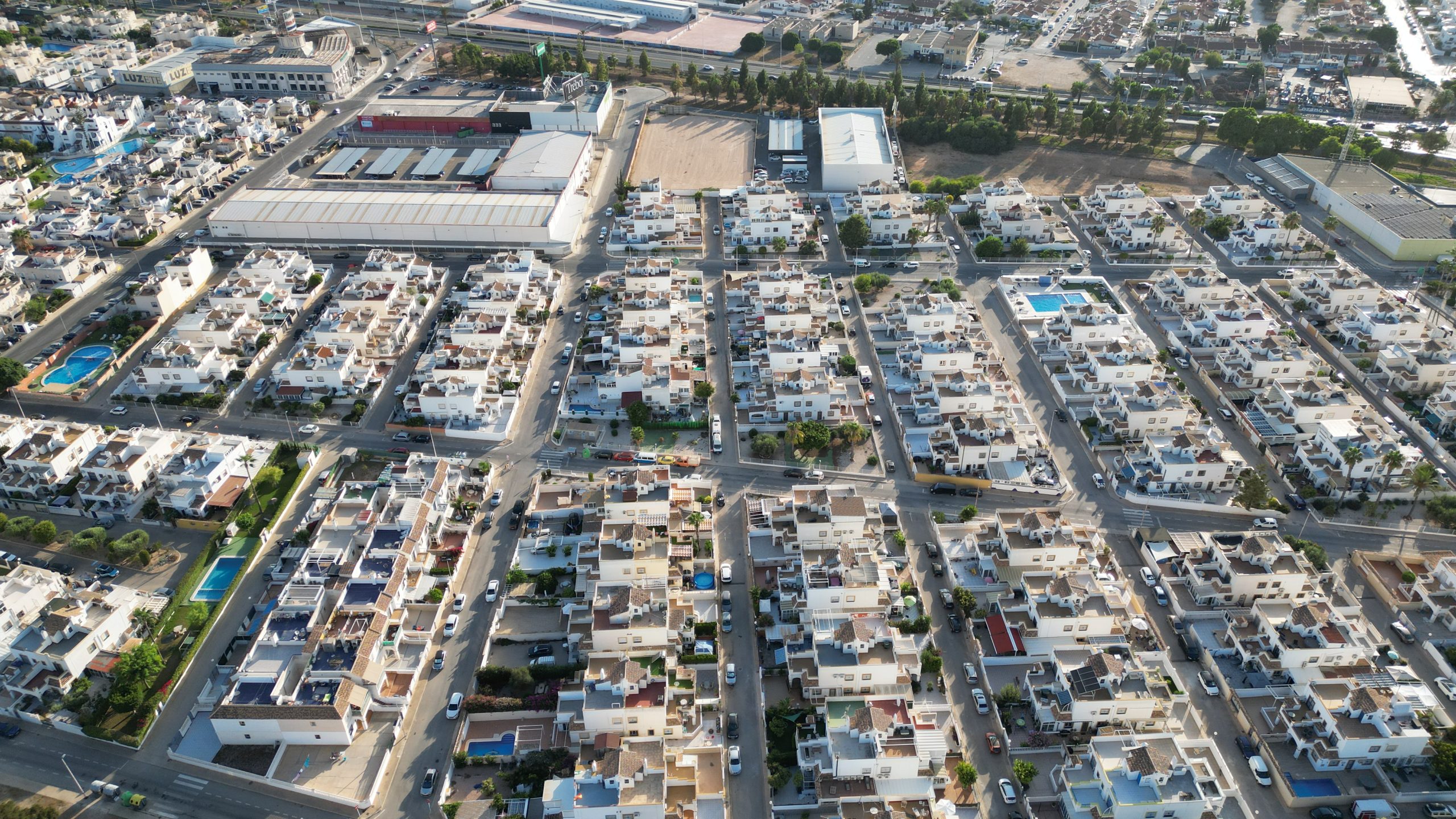
Since the formal transfer of authority is anticipated to take place next week, Benidorm may start immediately fining unlawful tourist accommodations as early as Easter. Marián Cano, the Regional Minister of Innovation, Industry, Commerce, and Tourism, made this announcement as an indication of the advancements made in working with local councils to keep an eye on the tourism industry’s underground economy. The city councils of Alicante, Castellón, Elche, Torrevieja, and Benicarló are among the other municipalities that have stated their intention to take on this responsibility. This progress has already been formalised in Valencia, where the transfer of powers has been completed and all the procedures are prepared for approval next week in Benidorm.
In her response to a parliamentary question, the Nuciera councillor discussed the issue in Les Corts and stressed that the new tourism inspection plan “is not a continuation of the previous one, but rather an improvement that introduces more effective measures, strengthens institutional collaboration, and better responds to the needs of the sector.” She stressed cooperation with local governments in this regard in order to provide “more effective inspections and a swift response to irregularities.”
Discover more from Costa Blanca Daily
Subscribe to get the latest posts sent to your email.
Costa Blanca
Twenty kilos of cocaine found in a van near Alicante, leading to ten arrests
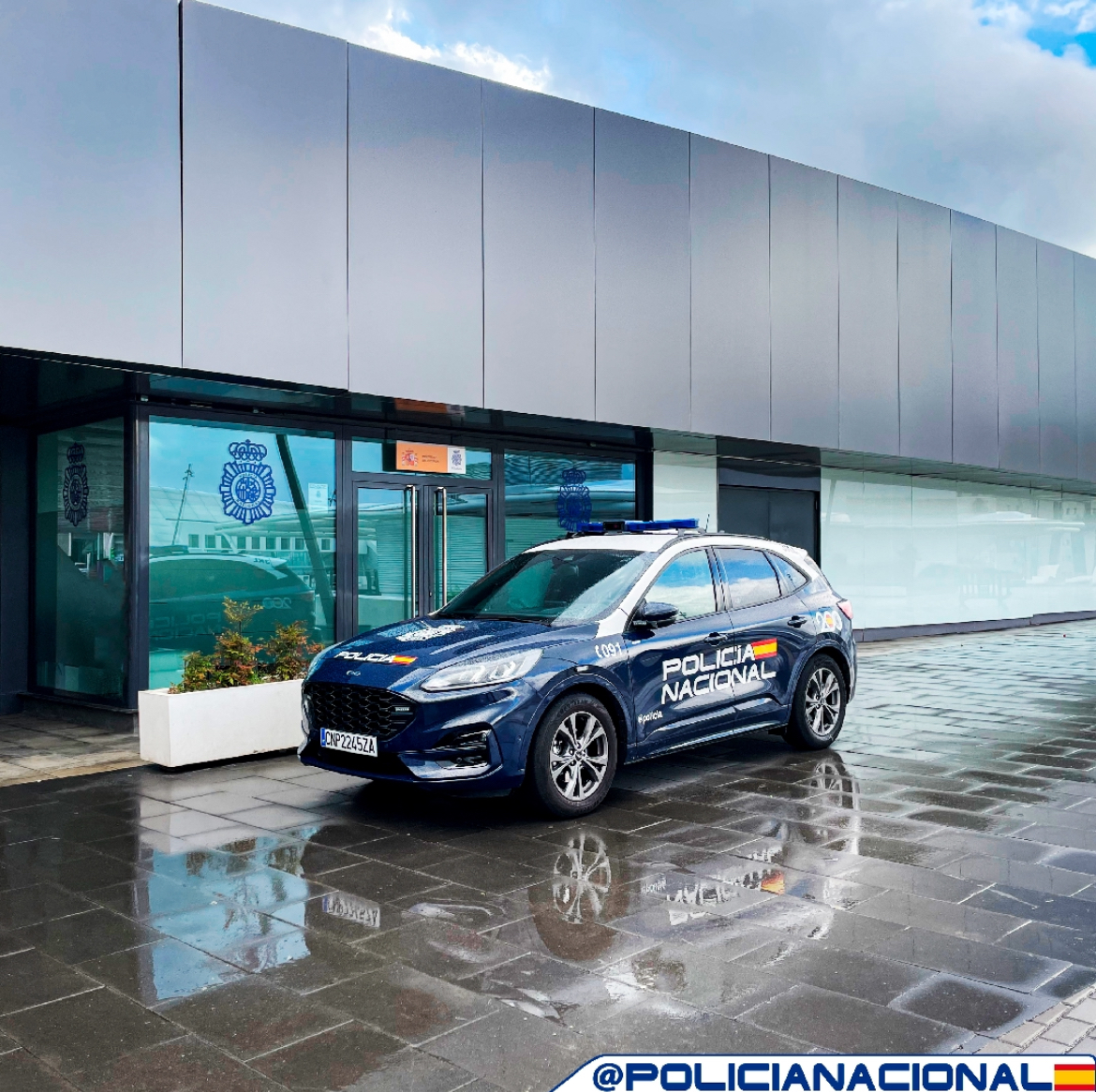
After discovering a 20-kilogram cocaine hoard in Alicante concealed within an industrial machine being carried in a van, the National Police have disbanded a drug trafficking organisation that was active in the region. A firearm, over three kilogrammes of cocaine, almost 100 marijuana plants, and 50 bottles made with valves and chemicals used to make the powerful drug “BHO” (an acronym for “butane hash oil”), a concentrated cannabis oil that achieves 80% THC, the psychoactive ingredient in marijuana, were all seized as part of the operation, which also led to the arrest of ten individuals in Alicante, San Vicente, and Torrellano.
If sold by the gramme, the 20 kilogrammes of cocaine would have brought in €1.2 million, and if sold by the kilogramme, €610,000. The black market value of the 3.2 kg of hashish that was found at one of the residences is €22,054 per gramme.
The Alicante Judicial Police’s UDYCO (Underground Drug Enforcement Unit) Narcotics Unit has started looking into a Torrellano resident who might be involved in drug trafficking with his son, who resides at a different Alicante address.
In order to identify everyone in the gang, the agents conducted a number of surveillance operations. They discovered that the group travelled and transported the drugs to other provinces using a number of cars, some of which were rented.
To escape suspicion, the suspects also switched cars, but the National Police were still able to verify their suspicions. In one of the monitored residences, they found a steady stream of individuals, some with criminal histories and others who came and went quickly after purchasing their medication for their own use.
Police saw a man riding a motorbike quickly out of one of the homes during one of the surveillance missions. When he was stopped and searched, it was discovered that he had 2,500 euros in cash on him. The inmates shared a van with another suspect, which was used to transport electrical equipment that might be utilised in marijuana growth facilities and to transport drugs to other provinces.
The National Police stopped the vehicle in the Alicante neighbourhood of El Moralet in early March, resulting in the seizure of the 20 kilogrammes of cocaine. An industrial heel-polishing equipment contained the medicines. A revolver with ammunition and rifle cartridges, 40 grammes of cocaine that was ready for distribution, 73 hashish acorns, over three kilogrammes of hashish tablets, some speed, and 81 marijuana plants were among the items found during searches conducted at homes in Alicante, Torrellano, and San Vicente del Raspeig after this seizure.
Additionally, 50 bottles of chopped marijuana that had been prepared with entry holes so that this cannabis concentrate could be made using gas and 54 grammes of BHO were confiscated by the police. A potent medication containing up to 80% THC is produced by this procedure.
After appearing in court, three of the arrested were placed in jail, while the others were freed on bond. Six of the ten inmates already had criminal histories, and the father, who has been the subject of an investigation since the beginning, together with his son, is one of those involved.
Experts from the Alicante Provincial Scientific Police Brigade will examine the revolver that was found after one of the searches because it does not have a serial number.
Discover more from Costa Blanca Daily
Subscribe to get the latest posts sent to your email.
-
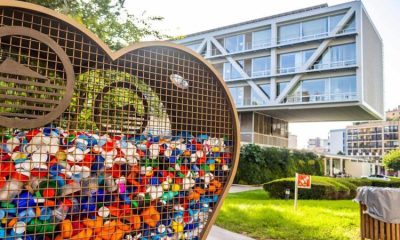
 Costa Blanca2 weeks ago
Costa Blanca2 weeks agoMore than 1.5 million bottle caps are donated by Benidorm to the “Caps for a New Life” charity initiative
-
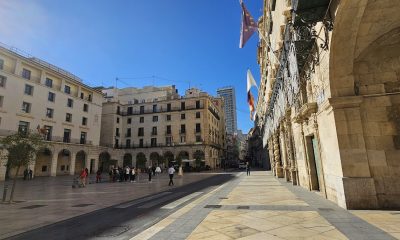
 Costa Blanca2 weeks ago
Costa Blanca2 weeks agoIn Benidorm, a repeat abuser breaks into his ex-‘s home and assaults her
-

 Costa Blanca2 weeks ago
Costa Blanca2 weeks agoThe importance of bees is a topic that children in Alicante are being taught
-

 Costa Blanca2 weeks ago
Costa Blanca2 weeks agoIn 2024, the Emergency Department received over 250,000 calls from Alicante
-

 Costa Blanca1 week ago
Costa Blanca1 week agoElche is seeking tender for an additional 22,000 plants, shrubs, and flowers from 150 different species
-
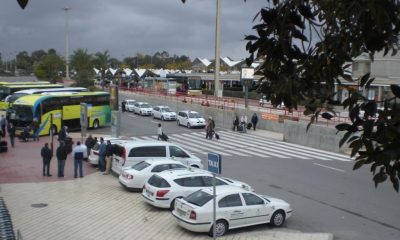
 Costa Blanca2 weeks ago
Costa Blanca2 weeks agoFormer leader of ETA, will appear in court today charged with planting a bomb Alicante-Elche airport
-

 News2 weeks ago
News2 weeks agoIn 2025, the pension in Alicante will be increased
-

 Costa Blanca1 week ago
Costa Blanca1 week ago€85,000 lottery winner in Torrevieja

